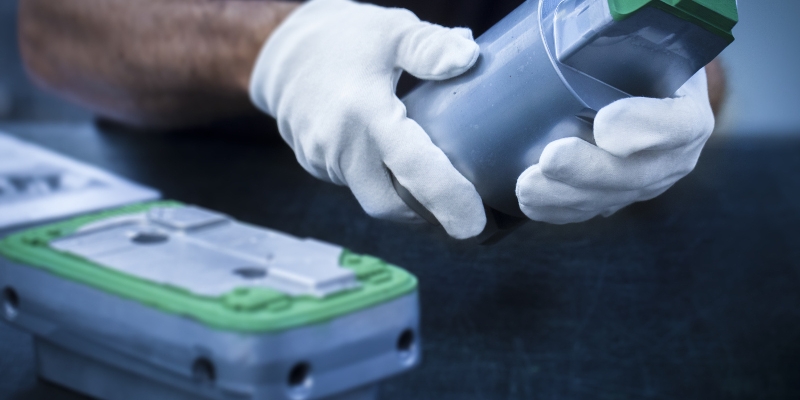Nitriding is an hardening surface process that provides greater durability in components subject to friction, wear or chemical etching by aluminium. Nitriding takes place at lower temperatures than those used in the hardening processes, resulting in a zero or minimal dimensional deviation during heat treatment.
This process introduces nitrogen (nitriding), or nitrogen + carbon (carbonitriding) on the parts surface and leads to the formation of an hardened surface layer composed by nitrides that are responsible for high gains in the parts performance; Nitriding is a final treatment and must be performed afterwards of finished parts.
Obtained surface hardness depends on steel chemical composition (higher alloy content involves greater hardening) and layer thickness produced also depends of steel type and with the time or temperature selected for heat treatment. The technology employed is registered like Allnit© trademark and is applicable to all types of steel, except stainless steels for which plasma nitriding is mandatory.
In the injection moulding application, the use of a slightly porous oxidized layer, guarantees the retention of lubricants fluids, which promote better mould behaviour in demoulding and as an additional protection barrier due to liquid aluminium corrosion effect.
| Class |
steels |
Hardness |
Layermm |
| Nitriding |
Pre-Treated |
650-900 HV |
0,1 - 0,2 |
| Hot work |
900-1200 HV |
0,05 - 0,15 |
| Cold-Linked Work |
900-1100 HV |
0,05 - 0,15 |
|
Nitrocarburizing
|
To the Carbon |
350-450 HV |
0,05 - 0,15 |
| Nitroxidation |
Injection Molded Steels |
Identical hardness profile with white layer oxidation |

